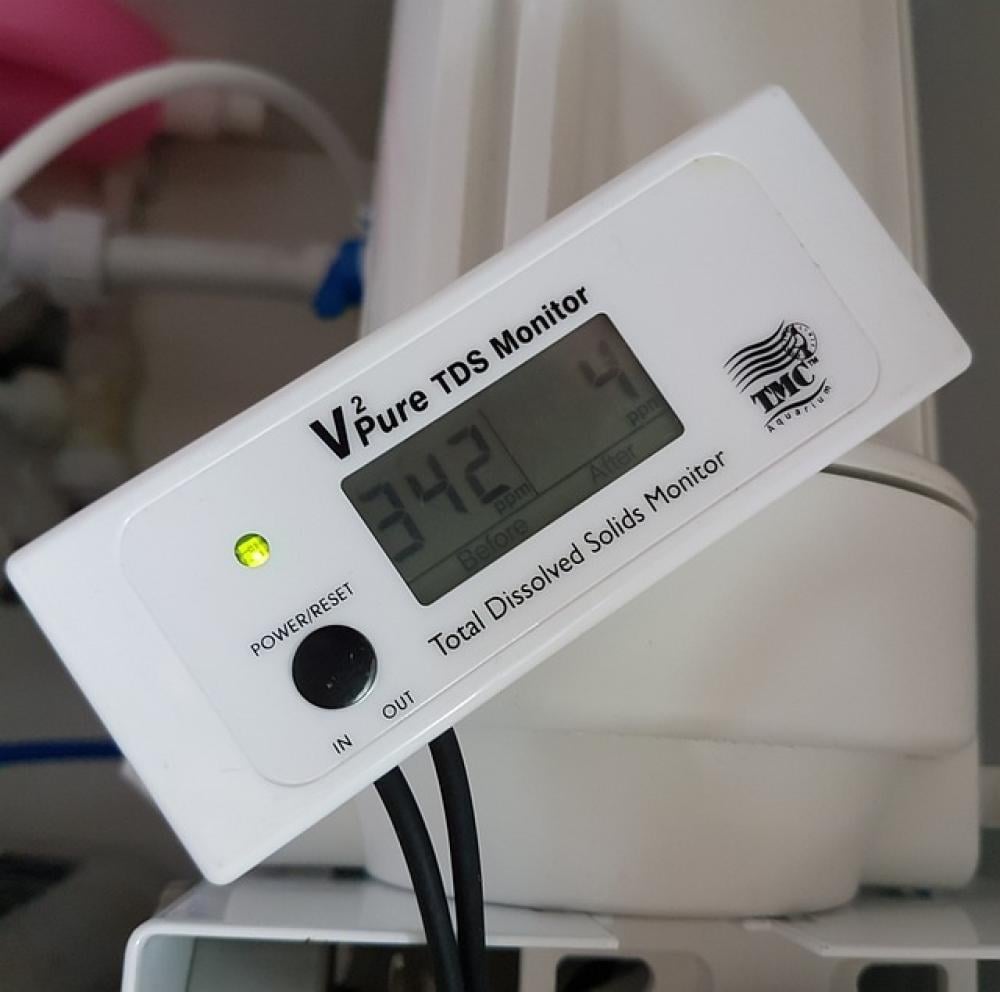TDS in Water: A Comprehensive Guide
Understanding Total Dissolved Solids
Total Dissolved Solids (TDS) is a measure of the combined content of all inorganic and organic substances present in a water sample. These substances include salts, minerals, and metals. While some minerals are essential for human health, excessive TDS can negatively impact water quality and taste. This article delves into the nature of TDS, its sources, measurement, health implications, and treatment methods, with a particular focus on different water sources.
What is TDS?
TDS represents the total amount of solid matter remaining in a water sample after evaporation. It is typically measured in milligrams per liter (mg/L) or parts per million (ppm). Higher TDS values indicate a greater concentration of dissolved substances.
Sources of TDS
TDS can originate from both natural and human-made sources:
- Natural Sources:
- Rock formations: Minerals from rocks can dissolve into water over time.
- Soil erosion: Soil particles can be transported into water bodies.
- Seawater intrusion: Saltwater can contaminate freshwater sources.
- Organic matter: Decomposition of plants and animals can contribute to TDS.
- Anthropogenic Sources:
- Industrial effluents: Discharge of wastewater containing chemicals and minerals.
- Agricultural runoff: Fertilizers and pesticides can increase TDS levels.
- Urban runoff: Pollutants from streets and rooftops can contaminate water.
Impact of TDS on Water Quality
Elevated TDS levels can affect water quality in several ways:
- Taste and odor: High TDS can impart a salty or bitter taste to water.
- Scale formation: Minerals in the water can form deposits on appliances and pipes.
- Corrosion: Certain minerals can accelerate corrosion of plumbing systems.
- Health concerns: Excessive consumption of water with high TDS can lead to digestive issues and other health problems.
Measuring TDS
TDS is typically measured using a TDS meter, a handheld device providing real-time readings. Laboratory analysis can also be conducted for more accurate and comprehensive results.
TDS and Health
While some minerals in water are beneficial, excessive TDS can pose health risks. High levels of certain minerals, such as sodium, can exacerbate conditions like high blood pressure. It is essential to consult with a healthcare professional for personalized guidance.
TDS and Water Treatment
Several methods can be employed to reduce TDS levels in water:
- Distillation: This process involves boiling water and condensing the vapor to remove impurities.
- Reverse osmosis: A membrane filters out impurities, producing purified water.
- Ion exchange: This process replaces unwanted ions with desirable ones.
- Water softeners: These systems reduce the concentration of calcium and magnesium ions.
- Filtration: While not as effective as other methods, filters can remove some suspended solids and reduce TDS to a certain extent.
TDS Standards and Regulations
Many countries have established TDS standards for drinking water. These standards vary depending on the specific region and its water quality. Adhering to these regulations is crucial for public health and safety.
TDS in Different Water Sources
The level of TDS varies significantly across different water sources:
- Tap Water:
- Municipal Tap Water: TDS levels in municipal water typically fall within acceptable limits due to treatment processes. However, variations can occur based on the water source and local geology.
- Well Water: TDS levels in well water can fluctuate widely depending on the aquifer's composition and depth. Groundwater in certain regions might have naturally high TDS due to mineral deposits.
- Bottled Water:
- Mineral Water: Naturally contains higher levels of dissolved minerals and salts.
- Purified Water: Undergoes extensive purification to remove impurities, resulting in low TDS levels.
- Spring Water: TDS levels can vary based on the specific spring and its geological environment.
- Natural Water Sources:
- River and Lake Water: TDS levels can fluctuate due to pollution, agricultural runoff, and geological factors.
- Ocean Water: Characterized by exceptionally high TDS levels due to the concentration of salts.
Factors Affecting TDS Levels
- Geology: The type of rocks and minerals in the area significantly impacts TDS levels.
- Human Activities: Agricultural runoff, industrial discharges, and urbanization contribute to increased TDS.
- Climate: Evaporation rates and precipitation patterns influence TDS concentrations.
Understanding and Managing TDS
While high TDS levels don't necessarily indicate unsafe drinking water, they can affect taste, odor, and contribute to scale buildup. Conversely, extremely low TDS levels might indicate a lack of essential minerals.
To ensure water quality:
- Regularly test your water for TDS and other contaminants.
- Consider water treatment methods if TDS levels are excessively high.
- Consult local water authorities for information on water quality.
By understanding the factors influencing TDS levels and the characteristics of different water sources, you can make informed decisions about water usage and treatment.
Conclusion
Total Dissolved Solids (TDS) significantly impact water quality. Understanding its sources, measurement, and effects is crucial for maintaining safe and usable water. By effectively managing TDS through monitoring and treatment, individuals and communities can protect public health and the environment.

